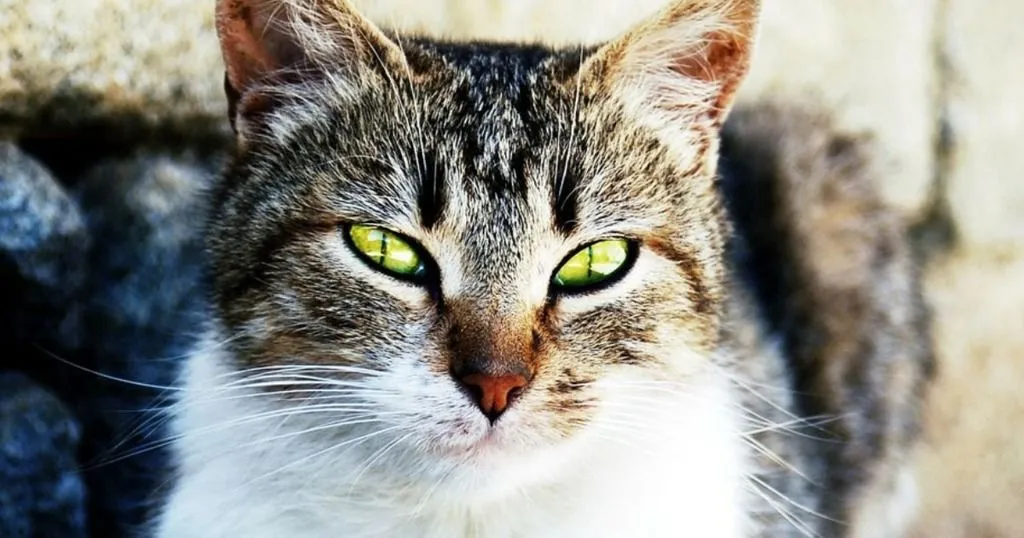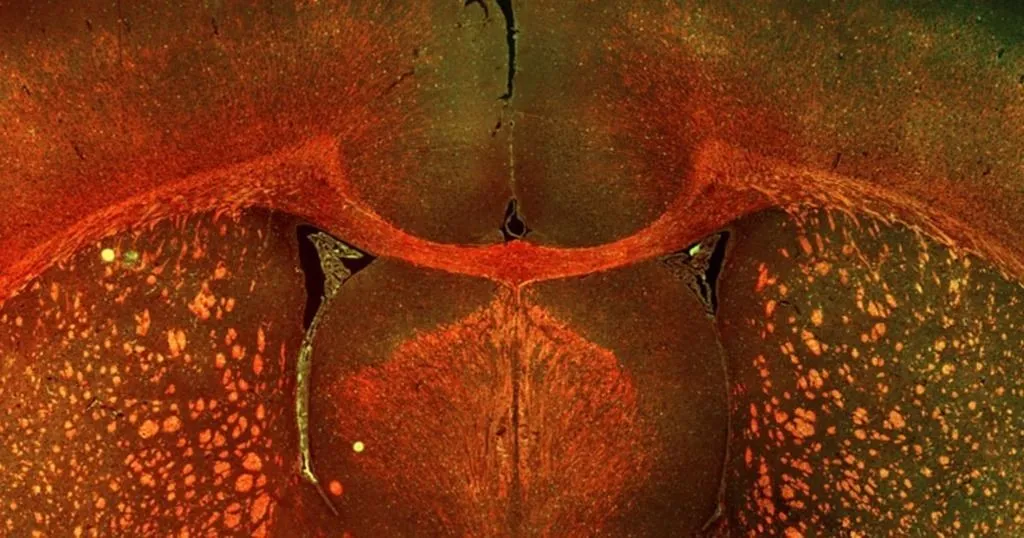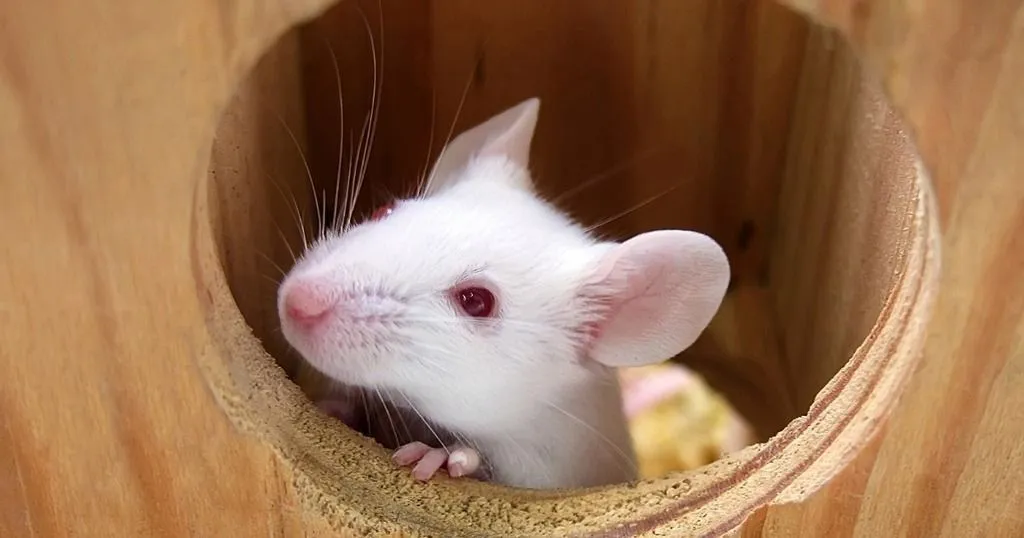Picky cats and tasty food – sniffing is an indicator for tastiness
Cats can be extremely picky when it comes to food. If the cat doesn’t like it, it will refuse to eat. Reason enough for the pet food industry to try to find out what cats really like.
Posted by
Published on
Thu 20 Nov. 2014
Topics
| Cats | Coding Schemes | The Observer XT | Video Observation |

Picky cats
Any cat owner will acknowledge the fact that cats can be extremely stubborn. They let you hear loud and clear that they want to come in, but when you open the door, they just sit at the doorstep and stare at you. And they can be extremely picky when it comes to food. If the cat doesn’t like it, it will refuse to eat. Reason enough for the pet food industry to try to find out what cats really like.
Testing food tastiness
Traditionally, the palatability of cat food is assessed by looking at consumption. Cats generally are given the choice between two types of food that are offered simultaneously during a couple of hours. These tests are a bit like a black box, the actual cause of preference remains unknown. Furthermore, it is unclear what the food intake will be when cats have no choice.
Cat behavior
Aurélie Becques and colleagues (2014) studied food preference of cats in more detail. They followed the cats for two days in a no-choice situation with either tasty or unpalatable food. They recorded the cat behavior on video and analyzed it with The Observer XT annotation software.
Sniffing and tastiness
As expected, the cats ate more from the tasty food than from the unpalatable food. The consumption speed was not different for the two types of food, the cats just ate longer from the tasty food than from the unpalatable food. The cats spent more time sniffing the unpalatable food than the tasty food. But this effect disappeared over time and the effect was opposite by the end of the second day. The cats then spent less time sniffing the unpalatable food than the tasty food. Do these arrogant cats just ignore the unpalatable food after a while?
Sniffing is a good indicator
The authors conclude that sniffing food, and especially the sniffing time during the first encounter with the food, is a good indicator for the tastiness. This offers possibilities to develop short term standard tests to assess the palatability of cat food. This way cat food can be made entirely according to the cats’ desires.
Reference
Becques, A., Larose, C., Baron, C., Niceron, C., Féron, C., & Gouat, P. (2014). Behaviour in order to evaluate the palatability of pet food in domestic cats. Applied Animal Behaviour Science, 159, 55-61.
Related Posts

Neuroscience conferences you should visit in 2025

A new rat model for neonatal white matter injury

